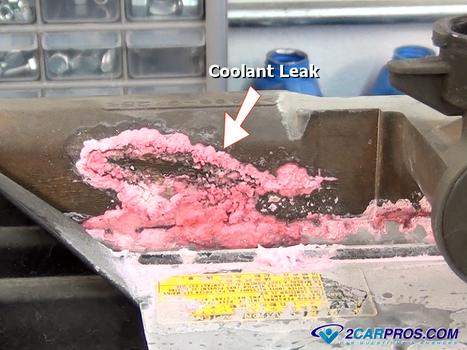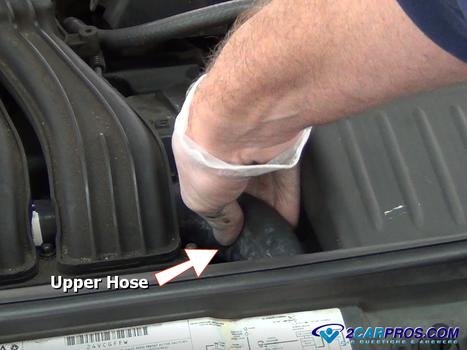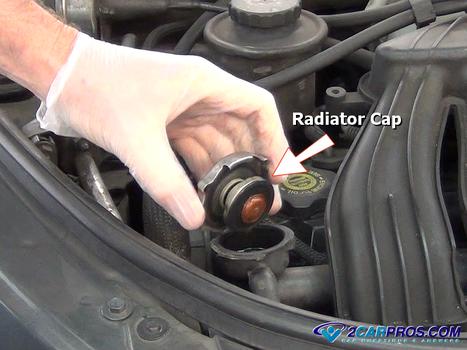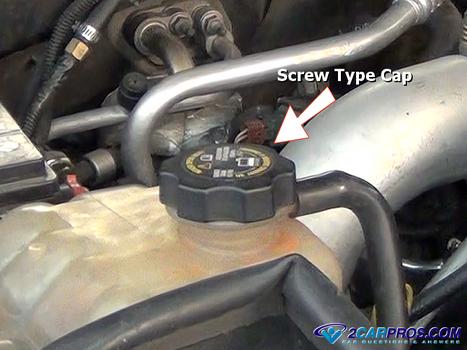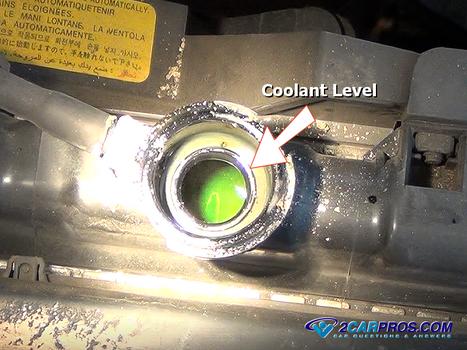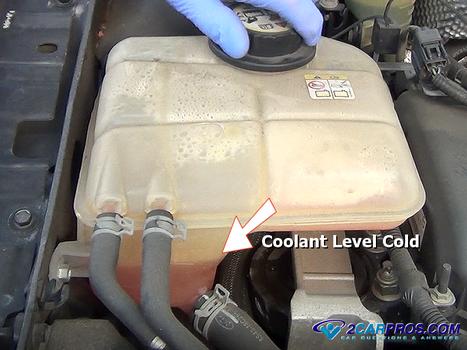Checking engine or battery pack cooling system fluid levels are a must when caring for your EV or gasoline powered vehicles. We are a team of ASE certified technicians that have assembled this easy to follow guide to perform the task safely. A note worth mentioning is that coolant, and antifreeze are the same thing and only manufacturer approved coolants should be added.
The Problem
If coolant levels are left unattended they can become low which hinders the performance of the vehicle's cooling system. This is detrimental to EV's as it leaves the battery pack susceptible to overheating which can render the battery pack useless. On gasoline powered vehicles the same can happen, only its the combustion engine that will pay the price by seizing up or losing compression leaving you stranded. When there is a small leak it can evaporate which is difficult to detect. Here is a sign of a coolant leak and the reason you need to check this fluid level.
Checking Coolant Levels
1. Starting with the vehicle cold, a cooling system can have about 18 pounds of pressure when hot, but if left to cool the pressure drops close to 0. There still can be residual pressure, but it will be much less which is manageable while relieving the pressure.
2. Locate the cooling system cap which is usually under the hood on both EV's and gasoline powered cars. Most of the time the cap will be on the radiator or coolant reservoir which usually has a yellow sticker on it.
3. The vehicle should be on level ground, so the cooling system does not drain out or develop air pockets when opened.
4. Before removing the system cap wear gloves to help protect yourself, also squeeze the upper radiator hose to determine how much pressure remains in the system.
5. Most radiator caps have a two step safety built in which requires you to press down firmly while turning the cap counterclockwise to remove, we suggest using both hands to remove the cap. Open the cap slowly, this will allow any residual pressure to escape. Other caps simply unscrew which releases the pressure naturally.
Screw on radiator cap type example:
6. Once the cap has been removed use a flashlight to inspect the coolant level, it should be at or near the top of the cap, if low add only manufactures recommended coolant types, if the level is way down or the system is empty the cooling system has a coolant leak.
7. All radiator cooling systems are designed with an overflow (non pressurized) or expansion tank (pressurized), in either case these should be about half full when the engine is cold.
Watch the Video!
Please watch this video of the job being done, then continue down the guide to glean additional helpful information.
Questions?
Our certified technicians are ready to answer antifreeze level questions for free. We hope you saved money and learned from this guide. We are creating a full set of car repair guides. Please subscribe to our 2CarPros YouTube channel and check back often for new videos which are uploaded regularly.
